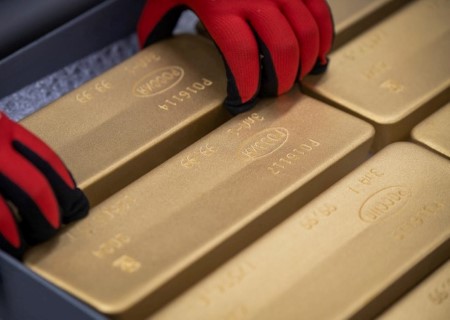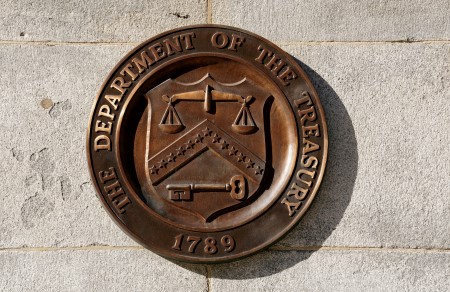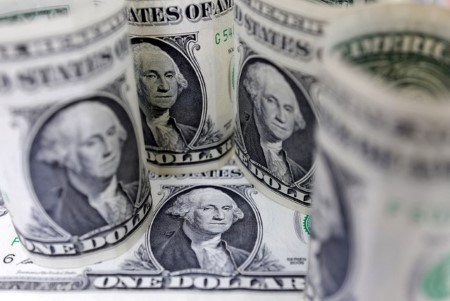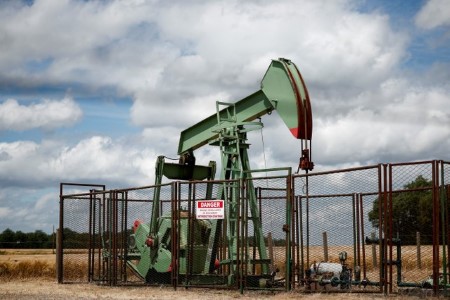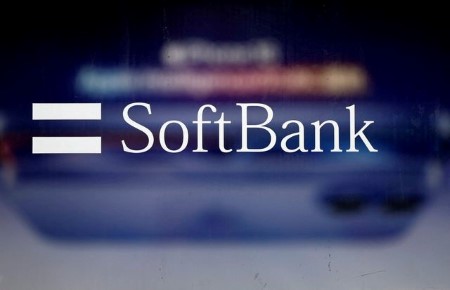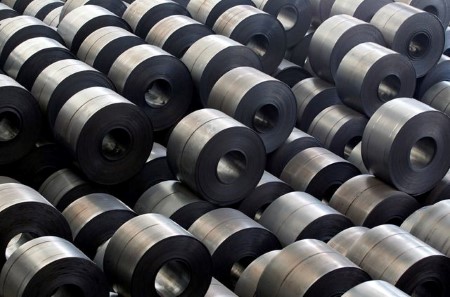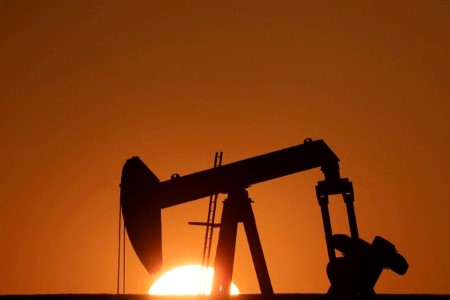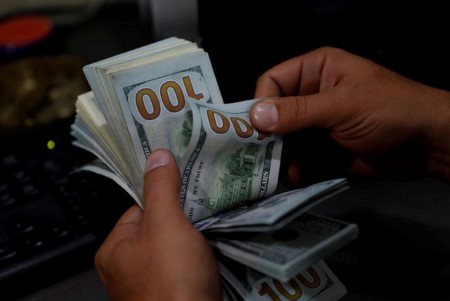NEW YORK – Oil prices edged up to a two-week high on Tuesday as sanctions raised concerns about Russian and Iranian oil supplies and on rising Middle East tensions, outweighing worries that trade tariffs would boost inflation and dampen global economic growth.
Brent futures rose USD 1.13, or 1.5%, to settle at USD 77.00 a barrel, while US West Texas Intermediate (WTI) crude rose USD 1.00, or 1.4%, to settle at USD 73.32.
That put both crude benchmarks up for a third day and at their highest closes since Jan. 28.
“With the US bearing down on Iranian exports and sanctions still biting into Russian flows, Asian crude grades remain firm and underpin the rally from yesterday,” PVM oil analyst John Evans said.
US sanctions targeting tankers, producers and insurers have significantly disrupted shipments of Russian oil to leading importers China and India.
Also supporting crude prices were US sanctions on networks shipping Iranian oil to China after US President Donald Trump restored his “maximum pressure” on Iranian oil exports last week.
Adding to supply jitters is the possibility of renewed fighting in the oil-rich Middle East.
Israeli Prime Minister Benjamin Netanyahu said that if Hamas did not release Israeli hostages by noon on Saturday a fragile ceasefire in Gaza would end. Those comments followed a demand by Trump on Monday for Hamas to release all hostages by midday Saturday or he would propose cancelling the Israel-Hamas ceasefire and “let hell break out.”
Trump also said he might withhold aid to Jordan and Egypt if they do not take Palestinian refugees being relocated from Gaza. Trump is meeting with Jordan’s King Abdullah on Tuesday.
TARIFFS WEIGH ON PRICES
Oil price gains were kept in check by fears that Trump’s latest tariffs could dampen global growth and energy demand.
On Monday, Trump raised tariffs on steel and aluminum imports to the United States to 25% “without exceptions or exemptions.”
Mexico, Canada and the European Union condemned Trump’s decision to impose tariffs on all steel and aluminum imports next month, a move that has fanned fears of a trade war.
“Tariffs and counter-tariffs have the potential to weigh on the oil-intensive part of the global economy in particular, creating uncertainty over demand,” Morgan Stanley said in a note.
US Federal Reserve Chair Jerome Powell told lawmakers that free trade still makes sense, though it was not the central bank’s role to comment on tariff or trade policy but to react to how it impacts the economy.
A majority of economists in a Reuters poll forecast the Fed would wait until the next quarter before cutting interest rates again.
Tariffs can cause prices and inflation to rise. The Fed uses higher interest rates to combat rising prices. So long as the Fed and other central banks keep interest rates higher for longer, borrowing costs will remain elevated, which can slow economic growth and ultimately demand for oil.
SUPPLY, DEMAND AND INVENTORIES
World oil supply and demand will both rise to record highs in 2025 and 2026, the US Energy Information Administration (EIA) said in its Short-Term Energy Outlook (STEO).
EIA projected total world petroleum production would rise to 104.6 million barrels per day (bpd) in 2025 and 106.2 million bpd in 2026 from a record 102.8 million bpd in 2024. It also projected total world petroleum consumption would rise to 104.1 million bpd in 2025 and 105.2 million bpd in 2026 from a record 102.8 million bpd in 2024.
The market is waiting for the American Petroleum Institute trade group to release US oil inventory data on Tuesday, with the EIA to report official data on Wednesday.
Analysts forecast energy firms added about 3.0 million barrels of oil to US stockpiles during the week ended Feb. 7.
If correct, that would be the first time energy firms added oil into storage for three weeks in a row since mid-November. That compares with an increase of 12.0 million barrels during the same week last year and an average build of 4.9 million barrels over the past five years (2020-2024).
(Reporting by Scott DiSavino in New York and Ahmad Ghaddar in London; Additional reporting by Enes Tunagur in London, and Siyi Liu in Singapore; Editing by Angus MacSwan, David Goodman, Will Dunham, and Nia Williams)







 DOWNLOAD
DOWNLOAD




